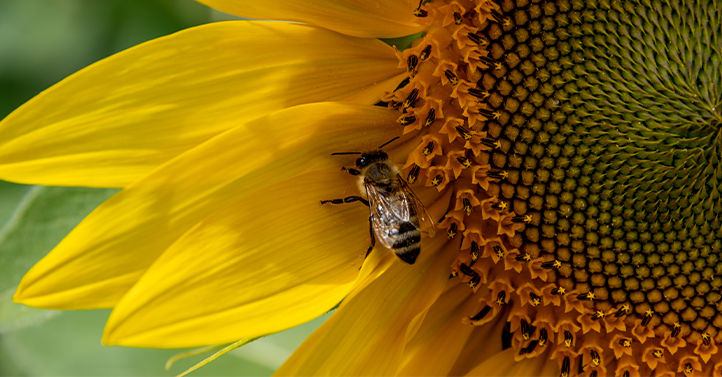Protecting the environment has taken on global urgency, with the world increasingly focused on sustainability efforts. This has driven demand for global biopesticides, biostimulants, and biofertilizers.
In a November 2021 opinion essay published by Dow Jones MarketWatch, Jon Parr, President of Syngenta Crop Protection, discussed the dual and complex challenges for the agriculture industry in terms of balancing the continued need to innovate and produce increased food for the world’s rapidly growing population while simultaneously being environmentally friendly.
Parr believes that the only way to meet the extraordinary environmental and food-security challenges that lie ahead is through continued innovation in agriculture, such as biologicals and other forms of crop protection, digitally precise farming, genetic improvements in plants, new and improved kinds of fertilizer and — when necessary — chemical pesticides used in a manner that is environmentally responsible.
Biopesticides include a wide range of natural products that are used as pesticides to control bacteria, fungi, viruses, and pests that inhibit crop yields. This can include beneficial bacteria, microbials, plant extracts, biological seed treatments, pheromones, and other natural materials that have pesticidal properties.
On the other hand, biostimulants and biofertilizers are natural products that are used to promote crop growth. Like biopesticides, biostimulants and biofertilizers are less harmful to the environment compared to their synthetic counterparts. Their sustainability profile is also much better, as these products typically rely on renewable raw materials. Biostimulants and biofertilizers include technologies such as bionutrients, bacteria, botanical extracts, chitosan, fungi, humic substances, inoculants, amino extracts, seaweed extracts, and other natural materials that are used to promote crop growth. Additionally, the price competitiveness and growth potential of biofertilizers is rising as a result of chemical fertilizer prices spiking in 2022.
For more information on global biopesticides, biostimulants, and biofertilizers, look for our upcoming reports: Global Biopesticides, which will be published in the summer of 2022, and Global Biostimulants and Biofertilizers, which we expect to release in Q4 2022. Both reports will provide key trends, sales, growth, market segmentation by product type, end-use segments, suppliers, and forecasts to 2026 across the European, Asian, North American, and South American markets.

